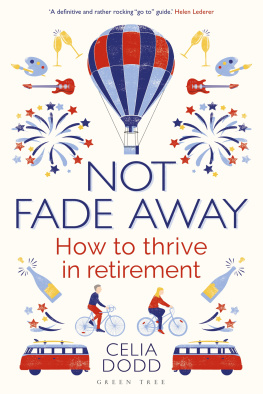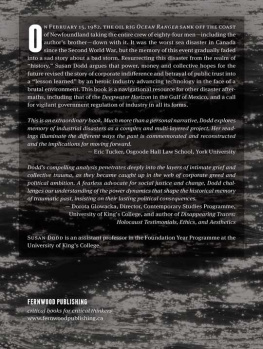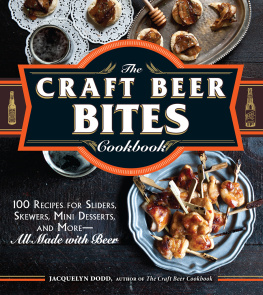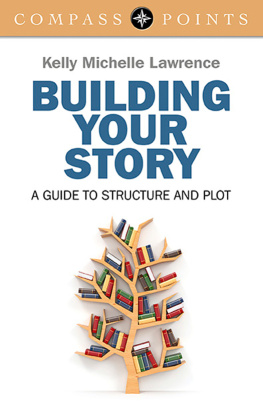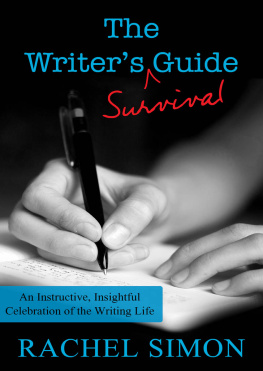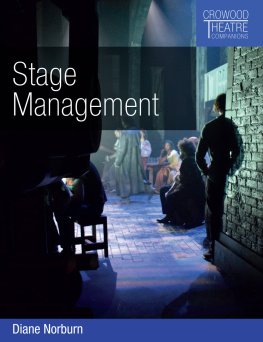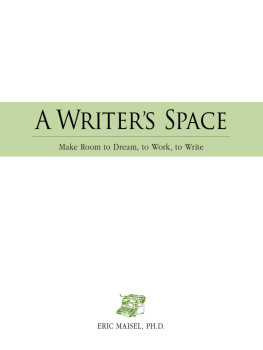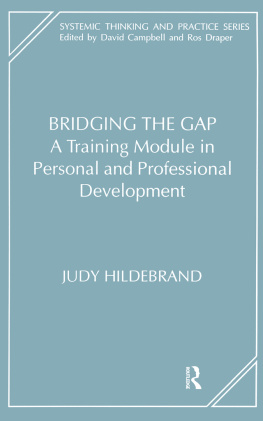ABOUT THE WRITERS COMPASS
SOME THINGS YOU SHOULD KNOW BEFORE YOU BEGIN
Most of us will never be Ernest Hemingway or Jane Austen or Lillian Hellman or John Grisham or well, you get the picture. However, many of us have a story or stories we long to tellif we only knew how. We search for insights into the following questions:
- How do I write a story out of this one idea?
- How do I turn all those pages that gushed out from an idea into a complete story?
- When am I telling and not showing?
- What is my story missing?
- Which critiques from my friends or other writers should I accept?
- Should I follow my own instincts?
- How do I know what is working and what doesnt work?
- When do I know Ive edited enough?
- How many drafts does it take to finish a story?
- Can I succeed as a writer?
Most books or instructors cannot answer these questions because the answer lies within youthe individual. The Writers Compass guides you, as a writer, to find your own answers by thinking through what you are writing, why you are writing it, and what you want to saysetting the compass for your work. Once you find true north for your ideas, it is easier to stay the course and write the story you have dreamed of telling, even when you arent sure what that story might be.
How The Writers Compass is Organized
The Writers Compass is set up like a three-act structure with Acts I, II, and III represented as Beginning, Middle, and End. Some stories also contain a prologue (which explains backstory or information that wont be in the actual story or that flashes forward in an attempt to hook the reader. In this book the prologue is the Introduction.
In the Introduction you will learn both how this book is organized and how to use the book to get the most benefit for your writing.
In Part I, the Beginning, you prepare your life for writing by developing a writing time, space, and mind-set. This section has ideas that will help you focus and prepare for Part II, the Middle, which is the storys development.
The Middle is the heart of The Writers Compass. This section explains story mapping, the 7-Stage process, and the obstacles one must work through to create a strong story. The Middle includes:
- The Story Map
- Stage 1Forming Stories and Developing Ideas
- Stage 2Building Strong Structures
- Stage 3Creating Vibrant Characters
- Stage 4Structuring Scenes, Sequences, and Transitions
- Stage 5Increasing Tension and Adjusting Pacing
- Stage 6Enriching the Language and Dialogue
- Stage 7Editing the Hard Copy and Submitting
Charting the key elements of storytelling with your ideas across a story map lays the foundation for your story. Progressing systematically through each stage helps you develop your story with the least number of revisions. Working through the story map and the stages together creates a stronger story that will evolve organically and that says what you want it to say.
Each of the 7 Stages addresses an area of storytelling that tends to need more development. Much like constructing a house, the 7 Stages are based on developing the story foundation, then adding the structure, the roof, the walls, the flooring, painting, and designer touches, and finally moving in. Each stage adds another level of breadth and depth to the story across the entire structure chart.
Stage 1 discusses how ideas are formed and the act of brainstorming. The evolution of writing stories takes many forms and starts at many different points on the structure chart, but this stage shows the writer how to use that evolution to an advantage in forming ideas for writing the story. This process allows for the different ways writers write.
Stages 2 through 6 focus on the process of story development, but also continue to expand ideas. Each of these stages addresses a specific area of development in a system that builds rather than crisscrosses efforts. In other words, when relying on just reading through to reveal story weaknesses, the writing process is inefficient, and there is a crossover of efforts with multiple passes of the same material. When a story is developed strategically using the 7-Stage process, your writing is stronger and does not have to be revised as many times. For example, Stage 6 is Enriching the Language and Dialogue. If this task occurs before the structure is in place or the characters are developed, the writer finds herself needing to rewrite but not wanting to disturb the writing that has already been perfected. Because of this, she may hold on to scenes or bits of dialogue that do not work. In other words, it is easier to set aside what doesnt work when the writer hasnt invested a significant amount of time or fallen in love with the language in that material. By waiting until a later development stage to work on the language, the story is already richer and fuller and nearer completion. Therefore, the time spent on language at this later stage is far more efficient. Compare this concept to a potter focusing on the intricate design around the outside of a pot before shaping the pot from the inside out. The efforts put into the artwork now become distorted or are ruined during the attempt to shape the pot.



